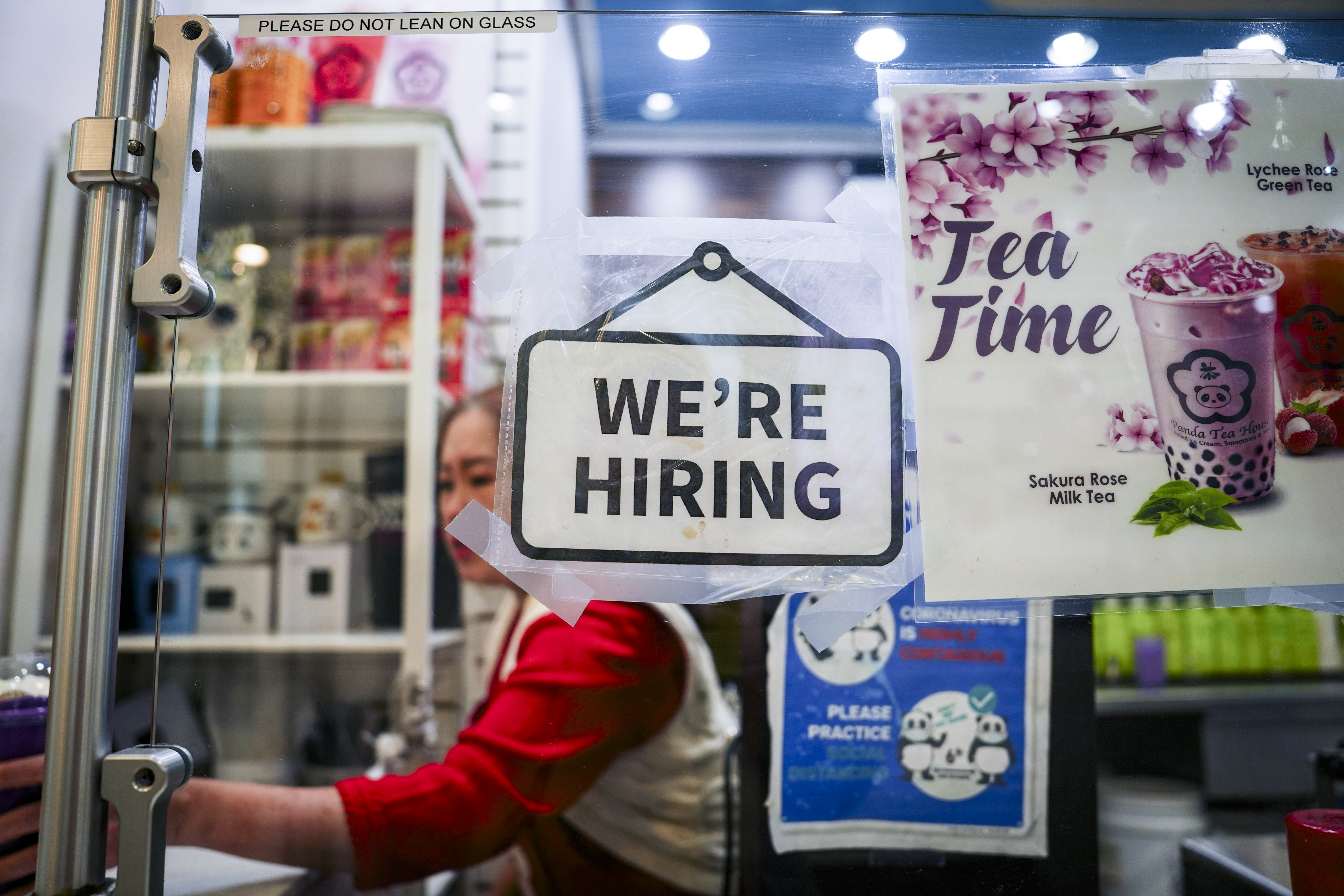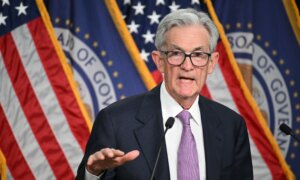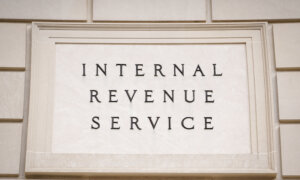The U.S. economy created 818,000—or 30 percent—fewer jobs than the Bureau of Labor Statistics (BLS) reported from April 2023 to March 2024, representing the largest downward revision to payrolls since the global financial crisis.
The updated numbers were a part of the Department of Labor’s annual benchmark revisions to the payroll data. The BLS adjusts employment data annually to make the payroll figures more accurate, although it is less timely. Officials incorporate state unemployment insurance tax records and cover close to all U.S. jobs.
According to the federal statistics agency, the downward adjustments were observed in eight of the 11 industries, led by professional and business services (358,000 fewer), leisure and hospitality (150,000 fewer), manufacturing (115,000 fewer), and trade, transportation, and utilities (104,000 fewer).
The three sectors to experience upward changes were private education and health services (87,000 more), other services (21,000 more), and government (1,000 more).
In the 12 months through March, the U.S. labor market reportedly created 2.9 million new jobs, representing a monthly average of 242,000.
Following the revisions, the average monthly employment gains were 174,000.
In 2023, the preliminary benchmark payrolls revision, released in June, showed 306,000 fewer jobs—358,000 if only private-sector positions are factored in. In 2022, there were 462,000 more jobs than previously reported.
The Labor Department has addressed the noticeable job revisions, explaining in a report that businesses might have experienced changes that were not initially confirmed to statisticians.
“Differences between the initial and revised estimates generally indicate that the employment change that occurred at the businesses that had not initially reported, was different than the change that occurred at the businesses that had initially reported,” the federal statistics agency stated.
Various other government statistics have indicated that the employment gains reported in recent years have been exaggerated.
The Federal Reserve Bank of Philadelphia found, using the Quarterly Census of Employment and Wages (QCEW) data, that the BLS had overstated job creation by as much as 1.1 million from March 2022 to June 2022. Instead, in the aggregate, the Philly Fed highlighted that 10,500 net new jobs had been added in this span.
“Payroll jobs in the nation remained essentially flat from March [2022] through June 2022 after adjusting for QCEW data,” the regional central bank stated in December 2022.
Nancy Tengler, CEO and chief investment officer of Laffer Tengler Investments, said that the monthly employment numbers have been “unreliable and subject to dramatic revision.” As a result, she pays more attention to long-term economic trends and data.
“In the short-term, economic numbers drive stock volatility,” Tengler said in a note. “We remain skeptical of the weekly and monthly reports and, instead, are focused on the long-term. Productivity is rising (as it did in the 1990s), and Unit Labor Costs are declining—this is what drives non-inflationary growth, which is why we believe the economy will ultimately be OK.”
Labor productivity rose by 2.3 percent in the second quarter, up from 0.4 percent in the first three months of 2024.
Following a significant 3.8 percent spike in the first quarter, unit labor costs slowed to a lower-than-expected 0.9 percent in the April-to-June period.
The U.S. government could be on track for another set of downward revisions in the coming year.
In the first six months of 2024, the jobs data were revised by nearly 300,000.
The January 2025 Employment Situation report will include the final benchmark revision.
Market Reaction
These numbers indicate that “the labor market may not be as strong as portrayed earlier” and that this could reignite recession fears, according to ING economists.“With inflation slowly converging to target, financial markets are increasingly sensitive to recession concerns, and thus a downward revision of job numbers could bring about another risk-off episode,” the economists wrote in a note. “Remember that previous payroll disappointment helped trigger the turmoil just a few weeks ago.”
The July jobs report shows a smaller-than-expected 114,000 new jobs, and the unemployment rate rose to 4.3 percent, the highest since October 2021. The higher jobless figure triggered the widely watched Sahm rule, a top recession indicator.
Despite the attention that the report received on Wall Street, heading into the report, U.S. stocks were little changed.
U.S. Treasury yields were still firmly in the red, with the benchmark 10-year yield sliding below 3.8 percent.
The U.S. dollar index (DXY), a benchmark of the greenback against a basket of currencies, extended its weakness in the middle of the trading week. The DXY has erased its year-to-date gains.
The financial markets are bracing for the annual Jackson Hole economic symposium this week.
Fed Chair Jerome Powell is scheduled to deliver the keynote address on Aug. 23. Market watchers anticipate that the central bank chief will provide a more dovish tone in his prepared remarks, setting the stage for a possible interest rate cut at the September policy meeting.
Correction: A previous version of this article incorrectly stated the time frame when job creation was overstated. The Epoch Times regrets the error.














